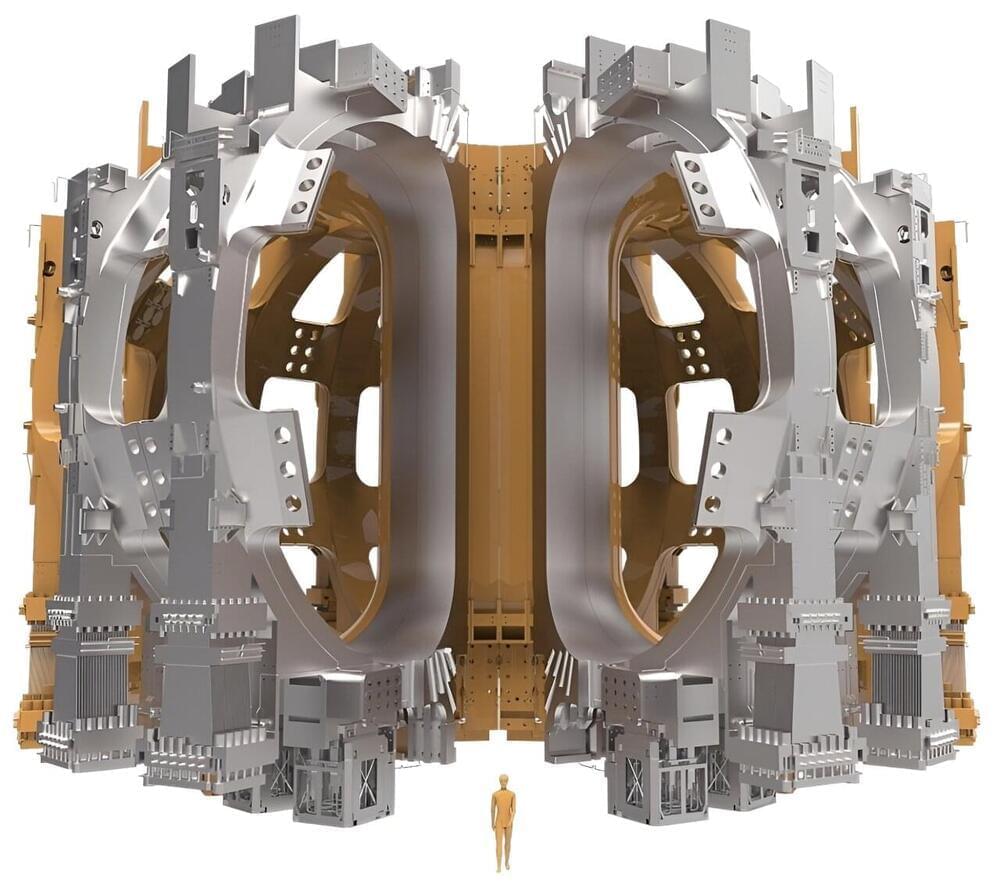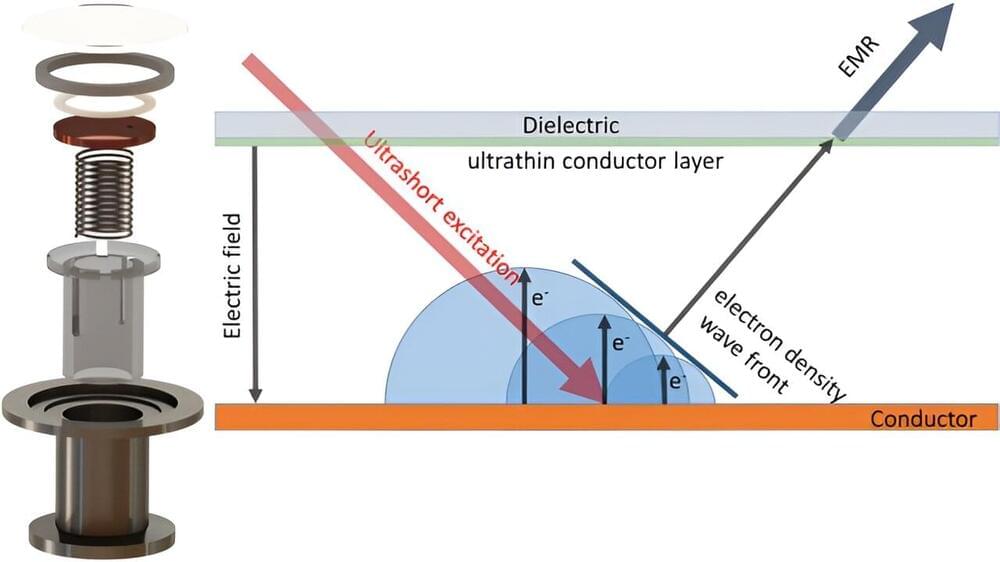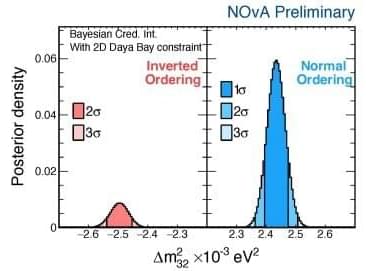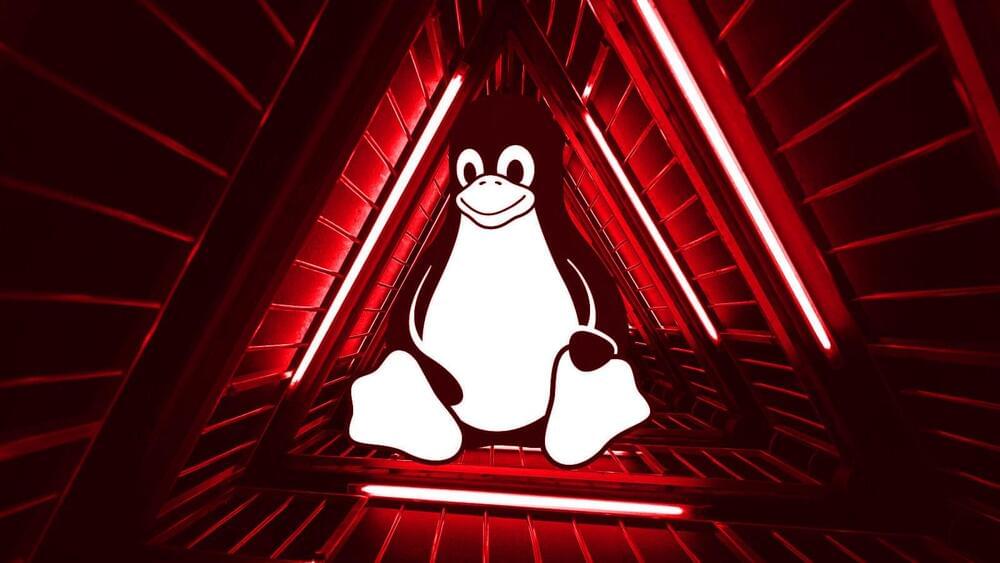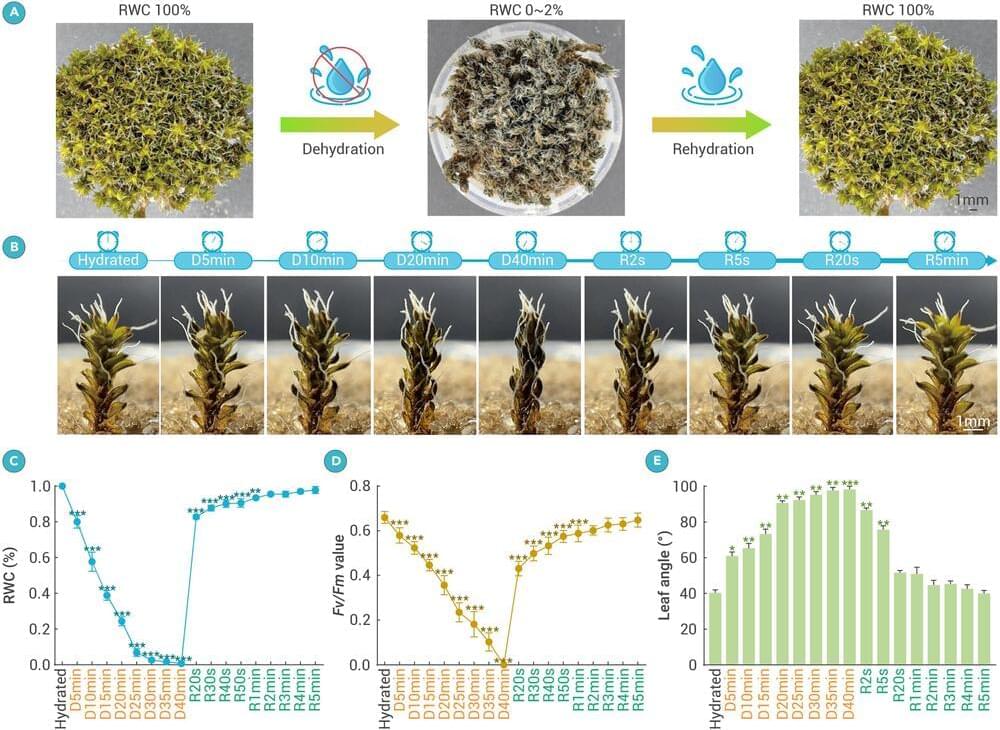Jul 1, 2024
Multinational fusion energy project marks completion of its most complex magnet system
Posted by Saúl Morales Rodriguéz in categories: education, nuclear energy, security
After two decades of design, production, fabrication and assembly on three continents, the historic, multinational ITER fusion energy project today celebrates the completion and delivery of its massive toroidal field coils from Japan and Europe.
Masahito Moriyama, Japan’s Minister of Education, Culture, Sports, Science and Technology, and Gilberto Pichetto Fratin, Italy’s Minister of Environment and Energy Security, will attend the ceremony with officials from other ITER members.
Nineteen gigantic toroidal field coils have been delivered to southern France. They will be key components in ITER, the experimental fusion mega-project that will use magnetic confinement to imitate the process that powers the sun and stars and gives Earth light and warmth.
